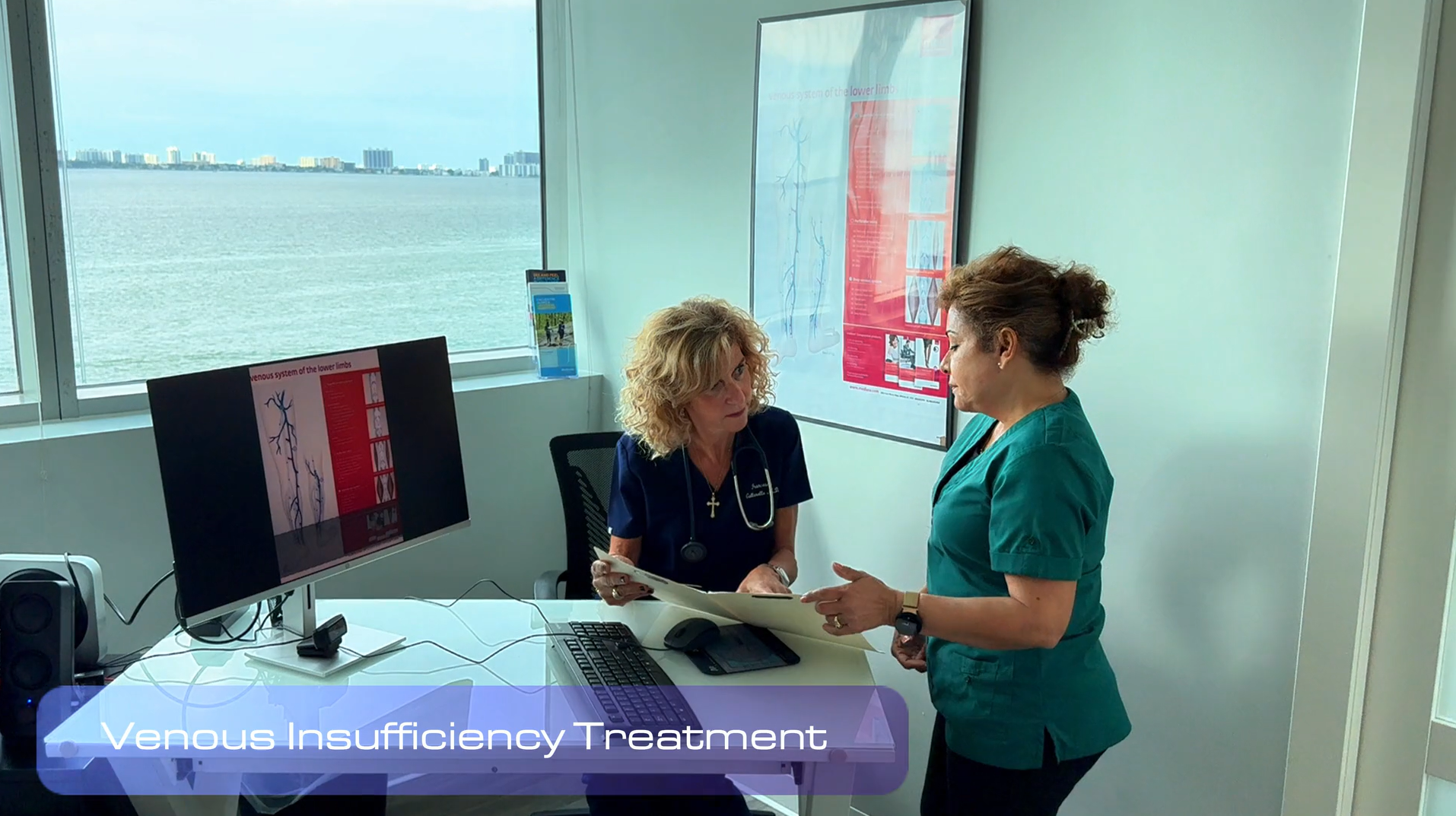SERVICES
Read below or contact our office for more information on services offered at our practice.

STRESS TEST WITH NUCLEAR CAMERA
A nuclear stress test uses radioactive dye and an imaging machine to create pictures showing the blood flow to your heart. The test measures blood flow while you are at rest and are exerting yourself, showing areas with poor blood flow or damage in your heart.
The test usually involves injecting radioactive dye, then taking two sets of images of your heart — one while you’re at rest and another after exertion.
A nuclear stress test is one of several types of stress tests that may be performed alone or in combination. Compared with an exercise stress test, a nuclear stress test can help better determine your risk of a heart attack or other cardiac event if Dr. Gallarello knows or suspects that you have coronary artery disease.

ULTRASOUND STUDIES
Ultrasound studies play a crucial role in assessing cardiovascular health and diagnosing various cardiac conditions. During these studies, a non-invasive imaging technique known as echocardiography is often employed to create detailed images of the heart and its structures. This enables Dr. Gallarello to evaluate the heart’s size, shape, and function, as well as assess the movement of its valves and chambers. Additional ultrasounds may analyze blood flow patterns within the heart and blood vessels, aiding in the detection of potential abnormalities such as valve disorders or blood clots. These ultrasound studies are invaluable tools for cardiologists in diagnosing and monitoring heart conditions, providing valuable insights that guide treatment plans and contribute to overall cardiovascular health management.

VENOUS INSUFFICIENCY TREATMENT
Venous insufficiency treatment typically involves a comprehensive approach to manage and alleviate symptoms associated with poor blood flow in the veins. Dr. Gallarello may recommend lifestyle modifications, such as regular exercise and elevation of the legs, to promote better circulation. In some cases, medications that enhance blood flow or address specific symptoms may be prescribed. More advanced cases might require further treatments. These interventions can effectively improve venous circulation and alleviate discomfort associated with venous insufficiency. Patients undergoing these treatments typically experience enhanced quality of life with reduced symptoms and improved leg health.
